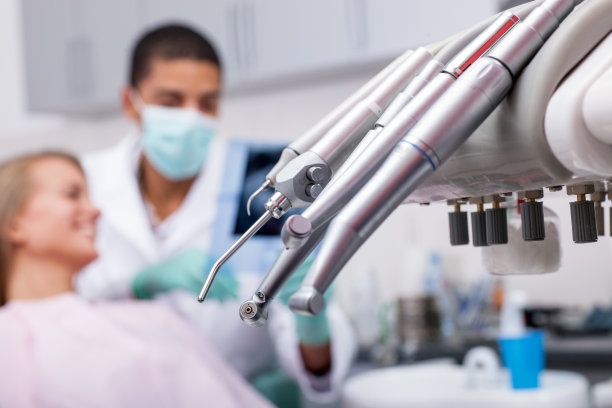The Essential Guide to Preparing for and Recovering from Tooth Extraction Surgery
Summary: Preparing for tooth extraction surgery can be daunting, but with the right information, patients can navigate the process smoothly. This guide details critical preparation measures, surgical procedures, post-operative care, and potential complications. Recognizing what to expect can help alleviate anxiety and promote effective recovery. Each aspect is designed to empower patients with the knowledge needed to ensure a positive experience. By following these guidelines, individuals can minimize discomfort and enhance healing after surgery, ultimately leading to a confident and healthy smile.
1. Preparing for the Tooth Extraction

Before undergoing tooth extraction, its crucial to prepare adequately for the procedure. Start by consulting your dentist to discuss the specifics of your case, including any medications you might be taking. Certain drugs can interfere with the surgery or impact the healing process, so your dentist may recommend a temporary stop or dose adjustment.
Next, arrange transportation for the day of the surgery, especially if you are opting for sedation. Having a trusted friend or family member accompany you will ensure safety and comfort post-procedure. It’s often recommended to have someone available to monitor your recovery right after you arrive home.
Lastly, follow any pre-operative instructions such as fasting before the surgery. Generally, avoiding food and drink 6-8 hours prior to the appointment is recommended for those receiving anesthesia, ensuring a safe and smooth extraction experience.
2. The Tooth Extraction Procedure
Understanding what to expect during the tooth extraction can reduce anxiety. The procedure typically begins with your dentist administering anesthesia to numb the area around the tooth. Depending on the complexity of the extraction, either local anesthesia or sedation may be used.
Once you are comfortable, the dentist will proceed with the extraction. For simple extractions, the dentist will use specialized instruments to loosen the tooth and gently remove it from the socket. In cases of more complex extractions, such as impacted wisdom teeth, additional techniques may be employed, including surgical intervention.
Be prepared for a bit of pressure or movement during the extraction, but you should not feel pain. Following the procedure, the dentist will provide post-operative care instructions to ensure a smooth recovery.
3. Post-Operative Care for Recovery
Post-extraction recovery is vital for effective healing. After the procedure, you may experience swelling, slight bleeding, or discomfort, which are normal. Applying ice to the outside of the face can help reduce swelling; use it for 20-minute intervals for the best results.
Being mindful of your diet is important during recovery. Initially, stick to a soft food diet and avoid hot, spicy, or crunchy foods that could irritate the extraction site. Staying hydrated is equally crucial, but be sure to avoid straws for at least a few days to prevent dislodging the blood clot that forms in the socket.
Its also essential to adhere to any prescribed medications to manage pain and prevent infection. Follow up with your dentist if any unusual symptoms arise, such as severe pain, excessive bleeding, or signs of infection.
4. Potential Complications and When to Seek Help
While many recover from tooth extraction without issues, its important to be aware of potential complications. Dry socket, which occurs when the blood clot is dislodged, is one common concern that can lead to severe pain and delayed healing. This condition typically surfaces a few days post-extraction.
If you experience persistent pain, a bad taste in your mouth, or foul odor, these may indicate an infection or dry socket that requires immediate attention. Contact your dentist to address these concerns and to explore appropriate treatments.
Other rare complications can include excessive bleeding, damage to adjacent teeth, or nerve injury. Staying vigilant about your recovery and following your dentists advice can significantly reduce the risk of such complications.
Summary:
In this article, we’ve covered the integral steps for preparing for a tooth extraction, the procedure itself, post-operative care, and potential complications. Adhering to this guide will equip patients with the knowledge to ensure a comfortable and successful experience. Understanding and preparation are key to a smooth recovery and long-term dental health.
This article is compiled by Vickong Dental and the content is for reference only.



